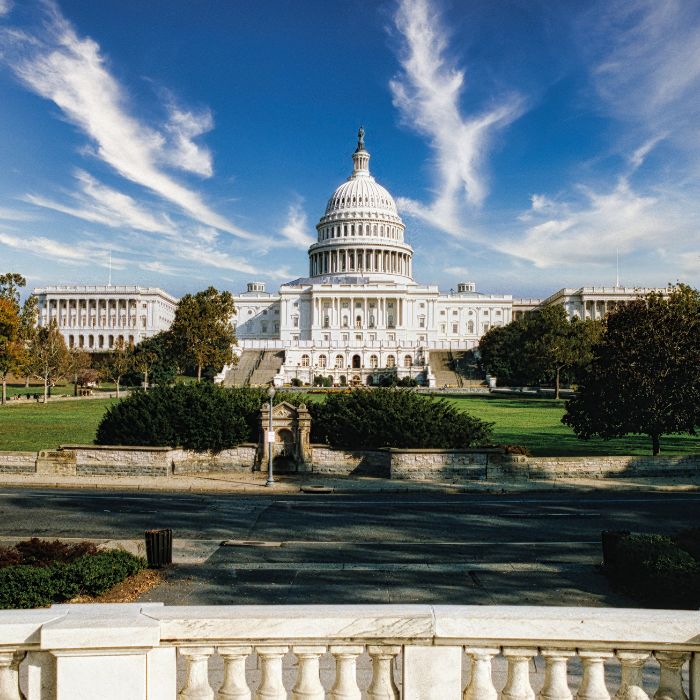
The situation
Swiss authorities have published the work permit quotas for 2019, shifting quota allocations from short-term to long-term permits.
A closer look
Quota numbers will be as follows as of January 1, 2019:
- Non-EU/European Economic Area (EEA) nationals, issued annually:
- 4,500 long-term B permits (up from 3,500);
- 4,000 short-term L permits (down from 4,500);
- EU/EEA nationals, issued quarterly:
- 3,000 short-term L permits (unchanged);
- 500 long-term B permits (unchanged).
- Croatian nationals:
- 953 short-term L Permits (up from 748);
- 103 long-term B permits (up from 78).
- Romanian and Bulgarian nationals: 996 long-term B permits (unchanged). This quota is released on a quarterly basis and will apply until May 2019.
Impact
Though employers should benefit from the increased quota numbers, they should submit work permit applications early to avoid rejections due to the quotas being filled.
Background
Switzerland restricts the number of work permits that can be issued to foreign workers, both for EU/EEA and other nationals. Spots are released on a monthly, quarterly or annual basis. Once the quotas are filled, no further permits can be granted until the next quotas are available.
Switzerland significantly reduced quota numbers in 2015. It increased the numbers again for non-EU nationals in 2017. It increased the numbers for both EU and non-EU nationals for 2018 in response to pressure from business and cantons.
Looking ahead
The additional 1,000 B permit spots for non-EU/EEA nationals will be allocated to the federal quota instead of being distributed among the cantons. Cantons can request allocation of quota spots from this pool once they have used up their own quotas. This allows the federal government more flexibly to allocate quotas based on regional needs.
This alert is for informational purposes only. If you have any questions, please contact the global immigration professional with whom you work at Fragomen or send an email to [email protected].
Explore more at Fragomen

Awards
Senior Counsel Mitch Wexler is recognized by EB5 Investors Magazine as a 2025 Top 25 award recipient, reflecting leadership and long-standing impact in the global investment immigration space.

Media mentions
Partner K. Edward Raleigh commented on proposed changes to US entry requirements.

Video
Business Immigration Consultant Marisa Gizzi from Fragomen explains everything about the Schengen C Visa: who needs it, how to apply and key travel tips to stay compliant in the Schengen Area.

Media mentions
Partner Rick Lamanna discussed Canada’s $1B plan to attract global researchers.

Blog post
Manager Alex Hood, Senior Associate Kimberley Ong and Immigration Paralegal Ataa Rajput explain the final extension and settlement deadlines for UK Tier 1 Investor visa holders and outline who can still qualify and why early action is essential.

Media mentions
Partner K. Edward Raleigh on how the $100K H‑1B fee factors into hiring international talent.

Media mentions
Managing Director Magdalene Tennant and Director Kitty Lo highlight Hong Kong as an attractive destination for global investors.

Blog post
IPM Business Process Manager Hazel Yaman outlines key visa, work authorisation and border considerations for athletes, media, event staff and spectators travelling to Italy for the Milan–Cortina 2026 Olympic and Paralympic Winter Games, including the impact of the EU’s new Entry/Exit System.

Media mentions
Corporate Services Director Elena Caron highlights key considerations for UK nationals moving to the UAE.

Media mentions
Associates Charlotte Roberts and Karina Casey highlight how the UK’s earned settlement proposal may influence global talent and HR planning.

Media mentions

Blog post
Associate Alejandro Hernandez analyses new F and J visa screening practices, including social media vetting by US consulates and proposed DHS changes that could significantly alter admission periods for students and exchange visitors.

Awards
Senior Counsel Mitch Wexler is recognized by EB5 Investors Magazine as a 2025 Top 25 award recipient, reflecting leadership and long-standing impact in the global investment immigration space.

Media mentions
Partner K. Edward Raleigh commented on proposed changes to US entry requirements.

Video
Business Immigration Consultant Marisa Gizzi from Fragomen explains everything about the Schengen C Visa: who needs it, how to apply and key travel tips to stay compliant in the Schengen Area.

Media mentions
Partner Rick Lamanna discussed Canada’s $1B plan to attract global researchers.

Blog post
Manager Alex Hood, Senior Associate Kimberley Ong and Immigration Paralegal Ataa Rajput explain the final extension and settlement deadlines for UK Tier 1 Investor visa holders and outline who can still qualify and why early action is essential.

Media mentions
Partner K. Edward Raleigh on how the $100K H‑1B fee factors into hiring international talent.

Media mentions
Managing Director Magdalene Tennant and Director Kitty Lo highlight Hong Kong as an attractive destination for global investors.

Blog post
IPM Business Process Manager Hazel Yaman outlines key visa, work authorisation and border considerations for athletes, media, event staff and spectators travelling to Italy for the Milan–Cortina 2026 Olympic and Paralympic Winter Games, including the impact of the EU’s new Entry/Exit System.

Media mentions
Corporate Services Director Elena Caron highlights key considerations for UK nationals moving to the UAE.

Media mentions
Associates Charlotte Roberts and Karina Casey highlight how the UK’s earned settlement proposal may influence global talent and HR planning.

Media mentions

Blog post
Associate Alejandro Hernandez analyses new F and J visa screening practices, including social media vetting by US consulates and proposed DHS changes that could significantly alter admission periods for students and exchange visitors.

